(Vietnam Logistics Review)Special Economic Zone (SEZ) is a popular investment- attracting model on the world which has created economic development miracles… but not a few of them become a real shame. As experiments, it can become either a success or a failure.
Old to the world; new to Vietnam
SEZ is an area within a country in which business and trade laws are different from the rest. Thus, companies operating in the area enjoy particular incentives and privileges. There have been about 4,300 SEZ around the world and the number have been on the increase. Myanmar and Qatar have introduced many SEZs. India Government considered their SEZ ambition “having revolutionary meaning”. And Japanese PM Shinzo Abe confirmed strategic SEZs will be in his economic renovation roadmap.
Those who are interested in SEZs can show some successes of the model. The remarkable one can be that of China, founded in 1980 near Hong Kong, later referred as “Shenzen Miracles”, where Chinese leaders carefully performed their economic renovation policies, before applying them widely nationwide in China.
So, SEZ is definitely nothing new, and definitely not a Vietnam’s creation.
The policy of SEZ was introduced right at the start of Renovation and it was put in document at the Central Resolution 4 term VIII (1997) and then Document of the Party’s Meeting X in 2006. Vung Tau- Con Dao is the first SEZ in Vietnam, founded in 1979 serving the development of oil and gas industry in the condition that our country was still in the planned economy.
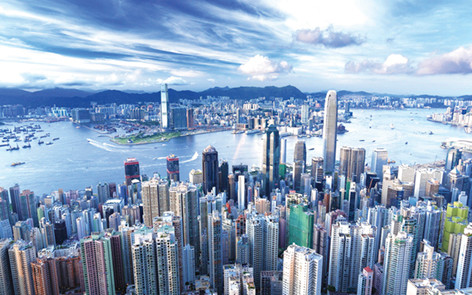
In the time of Renovation, started in 1986, SEZs densely appeared in provinces in the Central (as Dung Quat, Chu Lai, Nghi Son, Vung Ang)… They are in form of simple and smallscaled SEZs. These unassertive initial steps were not enough for a breakthrough.
Nguyen Thanh Nghi- Party Secretary, Head of Assembly Delegates of Kien Giang province- recently affirmed the province has prepared the most basic conditions for the forming of Phu Quoc Special Administration- Economic Zone. He also said the province has formed a guiding board and two subcommittees researching the project contents. The preparation has had wide contribution from ministries, sectors, management people, expert, business people and scientists from both local and abroad. The project basically finished, was consented by provincial party, government levels and people of Kien Giang province and was submitted to the Ministry of Interior and Assembly for consideration. “Consented by people” is the way of Kien Giang provincial Party Secretary expressing “approved by the People Committee”. There has been no referendum in Vietnam as a precedent of “being consented”. After mentioning remarkable advantages of Phu Quoc’s, current Kien Giang leaders believed Phu Quoc is able to achieve planned targets when receiving a mechanism of incentive policies and having legalized international competitions.
On November 11th, on the 4th Meeting Session of Assembly term XIV, the Minister of Planning and Investment Nguyen Chi Dung authorized by the Government PM had a presentation on the statement of the project of Laws for Special Administration- Economic Zone. Then, on the evening of the day, delegates had a discussion on the draft law. Ideas showed great determination and concerns as well in building “real” SEZs in Vietnam in forms of successful models in China.
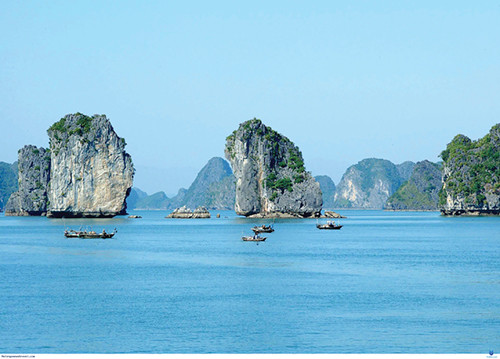
On March 22nd, 2017 the Politburo Committee approved the foundation of three units of Special Administration- Economic Zone: Van Don, Quang Ninh, Bac Van Phong- Khanh Hoa and Phu Quoc- Kien Giang.
Obstacles ahead
The draft plan by the Ministry of Planning and Investment showed many incentives in terms of both regulations and business conditions for investors in the three SEZs in the future. Some have been of no precedents in Vietnam: the choice of using foreign legal system (through agreement) for settling disputes; a lower tax-pay (normally half lower); keeping full budget for development; and the head of SEZ having full authority to decide issues in SEZs… Are these incentives able to attract investors in fields of high-tech, finance, tourisms…? It is a different question!
It is difficult to take SEZ successes from China or Japan to say our SEZs with generous incentives will be our successes. The rate of SEZ success worldwide is 50/50. China and Japan themselves are the world’s second and third largest economies, investors had great driving force to take part in these markets.
In China, new-generation SEZs introduced by President Xi Jing Ping mainly consider local markets their driving force, and they are encouraged to be developing on bases of technology and strict environment standards. Vietnam’s 3 SEZs consider casino development priority and there have been no environment protection strict regulations. “Will they be examples for development?” is an open question. “Does SEZ means Casino?” is still controversial? After “Golf course syndrome” is “casino syndrome”?
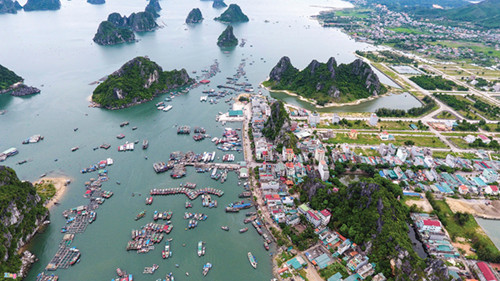
It is not simple to turn 3 SEZs to “motive force” of development like China’s cases. In term of trade, there is no much place for an SEZ to push up a country’s economy. With the rate of importexport/ GDP of 180%, we have been considered an open economy. There are many investment incentives in local authority levels.
Developing SEZ is an experiment of administration machine and policies. SEZ is a good place for experiment of regulation and administration innovations. Successes form SEZs as Shenzen, Putong, Santou and Hainan, China is not only economic successes but also policy suggestions that can be applied nationwide. The new suggestions from Kien Giang Party Secretary Nguyen Thanh Nghi on the model of role unification: Party Secretary cum Head of SEZ; unifying Party and local authority organization; reducing workload on social-economic organizations are remarkable. It is obviously convenient that SEZs function as a labs for renovation policies on larger scales.
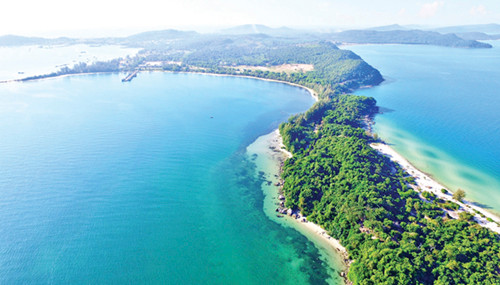
And as experiments, it can be either a success or a failure, like we were failed to follow the model of Korean Chaebol in building corps from General Company 91, Vietnam. Without pressure of economic efficiency or provincial/ city GDP, we do not calling for investments at all costs, including sectors without priority or having bad impacts to environment as the case of Formosa Ha Tinh. In fact, applying of SEZ means the loss of taxes (at least in short term) due to incentive policies for attracting investment and the possibility of international ‘money wash”.
Therefore, do not put too much expectation to economic values from SEZs. There should be patient observations of policies being applied there and use them as lessons for the country’s development progress. SEZs are model of sustainable development, not a trading-atall-costs economic way like we used to do for dozens of years. When we are able to perform this, SEZs can plays their roles in the economy, creating Vietnam and global logistics chains.


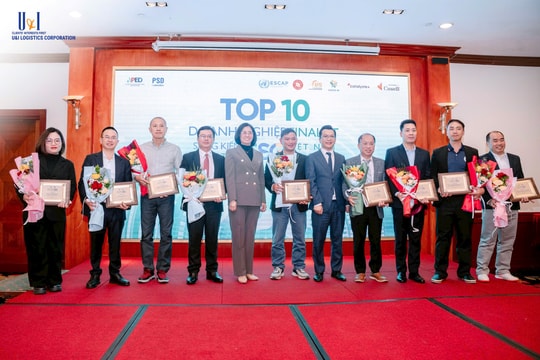
.png)




.png)

.png)

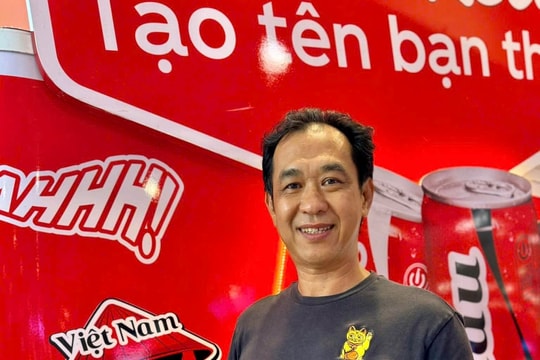
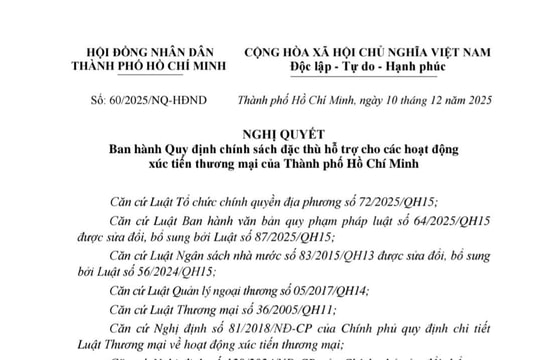
.png)
.png)
